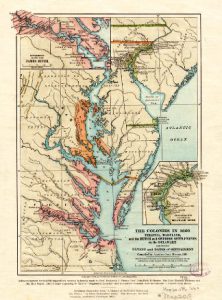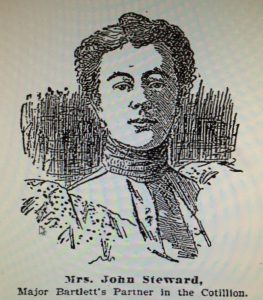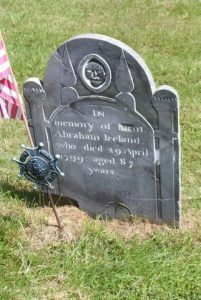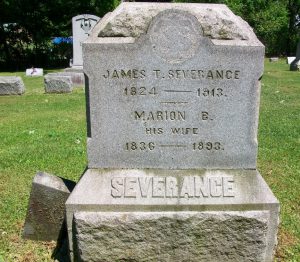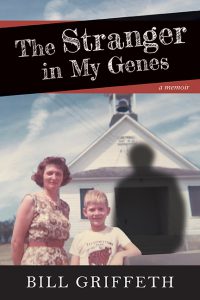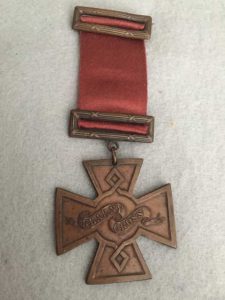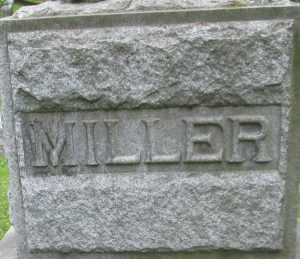
I have always enjoyed musing on names and their origins. The dictionary we had in my childhood home had a back-of-the-book listing of “common English names.” I read it voraciously and repeatedly, making lists of potential names for my future children.
As it turned out, my husband and I chose family names for our children, so all that dictionary research was unnecessary. My daughter, Emma, was named for her great-grandmother and great-great-great-grandmother, and my son, Samuel, for my father and great-grandfather and great-great-great-grandfather. (See “The Name Game.”) Continue reading What’s in a (family) name?

